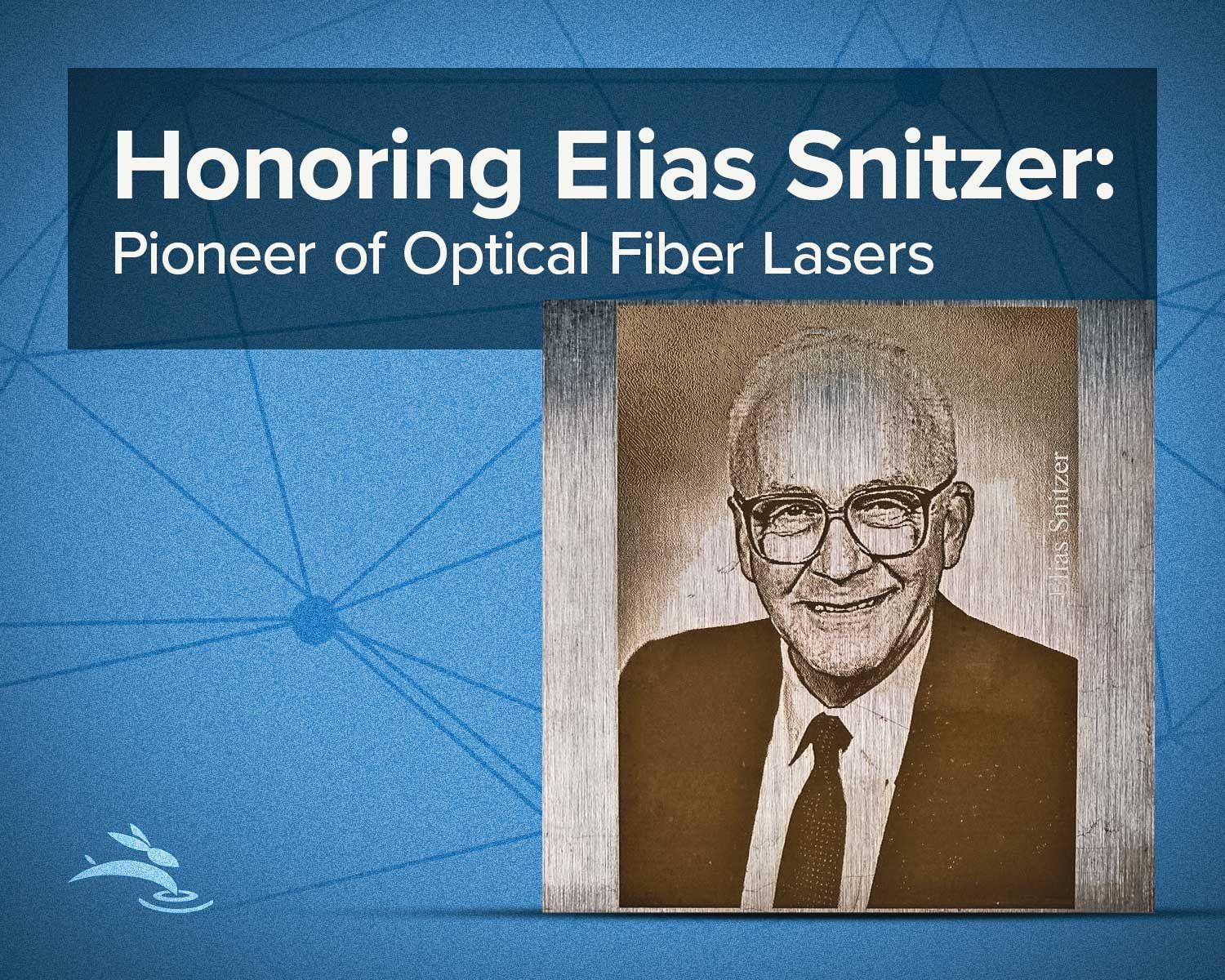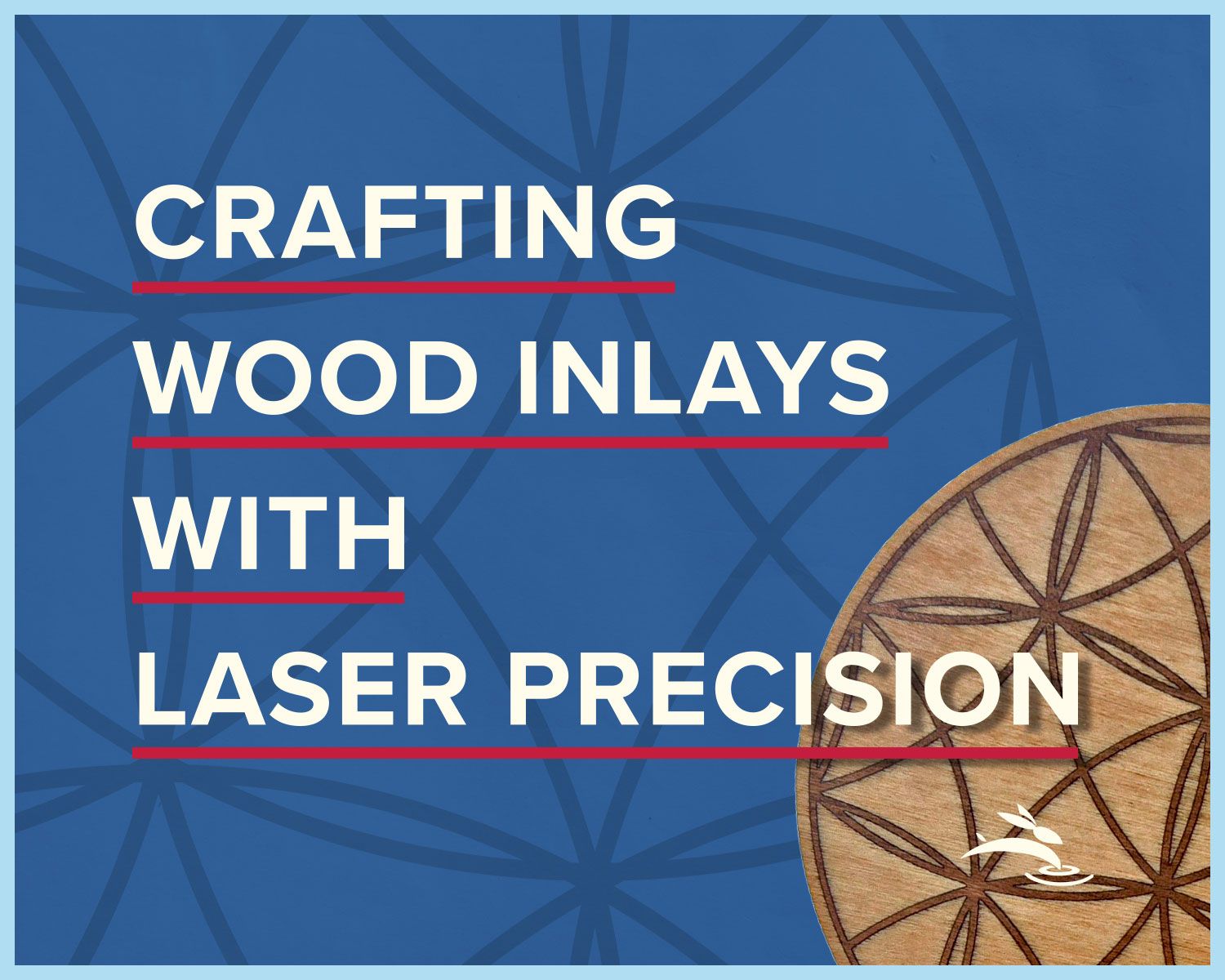
Honoring Elias Snitzer: Pioneer of Optical Fiber Lasers
At Rabbit Laser USA, we're inspired by the visionaries who paved the way for modern laser technology. Today, we celebrate Elias Snitzer, the groundbreaking scientist whose invention of the first working optical fiber laser and amplifier revolutionized the industry.
Early Life and Education of Elias Snitzer
Born in 1925, Elias Snitzer had a lifelong fascination with science and mathematics. He pursued this passion by earning a bachelor's degree in physics and a Ph.D. from the Polytechnic Institute of Brooklyn. This strong educational foundation propelled him into a career that would significantly impact optical physics and laser technology.
The Invention of the First Working Optical Fiber Laser
The State of Lasers and Optical Fibers in the 1960s
During the early 1960s, lasers were a new and exciting field. Scientists were experimenting with various mediums to amplify light, but the idea of using optical fibers as a laser medium was uncharted territory.
Snitzer's Groundbreaking Research
In 1961, Snitzer introduced a revolutionary concept: by doping glass fibers with rare-earth elements like neodymium, these fibers could serve as a gain medium for laser amplification. This innovative idea opened up new possibilities for laser design and practical applications.
How the First Optical Fiber Laser Operated
Snitzer's laser operated by channeling light into a glass fiber infused with rare-earth ions. These ions amplified the light through stimulated emission, a fundamental principle of laser operation. The fiber's core acted both as the amplifying medium and the light guide, enabling efficient amplification over longer distances.
The Significance of His Invention
This breakthrough marked a pivotal moment in laser technology. Snitzer demonstrated that lasers could be made more efficient and compact, paving the way for advancements in telecommunications, medicine, and industry. His research laid the groundwork for the modern field of fiber optics.
The Development of the Optical Fiber Amplifier
Challenges in Optical Communication
Transmitting light signals over long distances was challenging due to signal loss and the need for frequent electronic boosting, which was inefficient and costly.
Snitzer's Solution
Building on his earlier work, Snitzer developed optical fiber amplifiers that directly amplified light within the fiber. By doping fibers with specific ions, he enabled continuous light amplification without the need for electronic conversions, vastly improving the efficiency of optical communication systems.
Impact on Telecommunications and the Internet
Snitzer's optical fiber amplifiers became a cornerstone of modern telecommunications infrastructure. They allowed for high-speed data transmission over vast distances without significant signal loss, revolutionizing global connectivity and the way we share information today.
Legacy and Impact on Modern Technology
Applications in Today's World
The principles behind Snitzer's optical fiber lasers and amplifiers are integral to many technologies we depend on daily. From high-speed internet connections to advanced medical equipment like laser surgery tools, his innovations have had a lasting impact. In the industrial sector, fiber lasers are essential for precise cutting and engraving—capabilities featured in the laser machines we provide at Rabbit Laser USA.
Influence on Laser Technology and Industry Standards
Snitzer's pioneering work set new standards for laser efficiency, reliability, and versatility. His research has inspired countless advancements in laser technology, driving innovation across multiple fields.
Recognition and Honors
Throughout his illustrious career, Elias Snitzer received numerous accolades for his monumental contributions to science and technology, solidifying his legacy as a true pioneer in optics and photonics.
Conclusion
Elias Snitzer was an innovator whose ideas transformed the landscape of laser technology and continue to influence our modern world. At Rabbit Laser USA, we honor his legacy by committing ourselves to excellence and innovation in the laser machines we offer and service. 🐰
Join us in celebrating the pioneers who light the way forward.
References
- Snitzer, E. (1961). "Optical Maser Action of Nd^3+ in a Barium Crown Glass." Physical Review Letters, 7(12), 444–446.
- Hecht, J. (1999). City of Light: The Story of Fiber Optics. Oxford University Press.
- "Elias Snitzer Obituary." Optics & Photonics News, Optical Society of America












